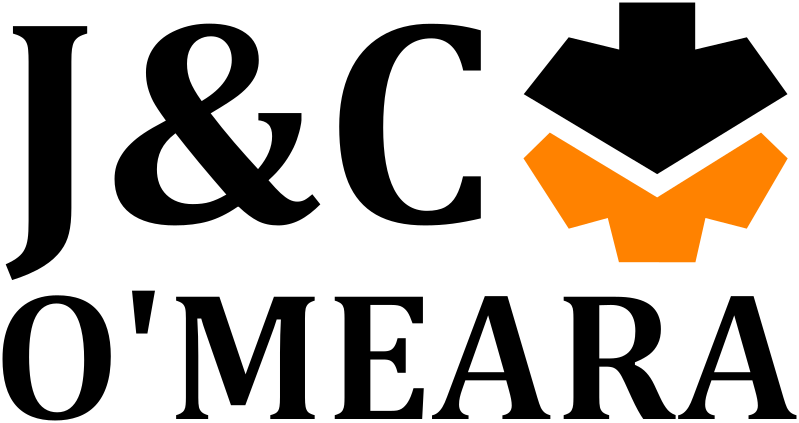The Benefits of Investing in a Wide Belt Sander
- John Shepperd

- May 14
- 4 min read

For any business involved in panel production, cabinetry, or bespoke joinery, a wide belt sander is one of the most valuable machines you can own. It delivers consistent surface quality, increases productivity, and enables faster turnaround on orders. But what exactly are the key benefits—and why should your business consider investing in one?
In this post, we’ll outline the clear advantages of wide belt sanders and explain how models available at J&C O’Meara can offer both short-term efficiency and long-term value.
1. Increased Productivity
The most immediate benefit of a wide belt sander is its speed. These machines are designed to handle large volumes of material quickly. Instead of spending several minutes sanding a single panel by hand, you can process dozens of pieces per hour with a consistent feed rate and sanding quality.
This allows your team to focus on other tasks such as assembly, finishing, or packaging, rather than spending time on repetitive sanding work.
2. Consistency and Finish Quality
Manual sanding is time-consuming and often inconsistent. Different operators may apply varying levels of pressure, and fatigue can affect performance over the course of a day.
A wide belt sander ensures every piece is sanded with the same speed, pressure, and technique:
Uniform surface texture
Consistent thickness across the board
No missed spots or over-sanded edges
Whether you’re working with MDF, hardwood, plywood, or veneered panels, the results will be professional, repeatable, and ready for finishing.
3. Reduced Labour Costs
Labour is one of the most significant expenses in woodworking. By automating surface sanding, a wide belt sander helps reduce the number of hours spent on each piece, effectively lowering your labour costs.
This is especially beneficial for growing businesses that need to increase output without hiring additional staff. With one operator running a wide belt sander, your workshop can significantly boost its daily production capacity.
4. Versatility Across Materials and Applications
Modern wide belt sanders are incredibly versatile. With adjustable feed speed, belt grit options, and programmable pressure settings, they can adapt to a wide range of materials and applications:
Rough sanding of solid timber boards
Finishing passes for veneered MDF
Intermediate sanding between lacquer coats
Machines such as the Kundig Brilliant or Perfect series, available at J&C O’Meara, are built to handle these applications with precision. Whether you’re a high-end furniture maker or a large joinery firm, a well-equipped sander can meet diverse project requirements.
5. Enhanced Safety and Cleanliness
Wide belt sanders are designed with safety and dust management in mind. Unlike handheld sanders, which can release fine dust into the air and require careful handling, a wide belt sander typically includes:
Enclosed sanding areas
Dust extraction ports
Emergency stops and interlocked safety covers
This improves air quality in your workshop, reduces fire risk, and helps meet health and safety regulations—especially important for businesses operating with a team of employees.
6. Long-Term Reliability
While the initial investment may seem significant, a high-quality wide belt sander offers years of reliable performance. Machines from trusted brands like Kundig or Houfek are known for their durability, with robust frames, high-grade components, and proven engineering.
With regular maintenance, it’s not uncommon for these machines to last 10–20 years in a commercial setting. J&C O’Meara provides new and refurbished machines that are serviced and supported to ensure long-term value.
7. Improved Workflow and Scalability
Adding a wide belt sander to your production line can unlock further efficiencies:
Combine it with CNC routers or panel saws for streamlined panel preparation.
Integrate it with conveyor systems or vacuum tables for continuous feed.
Reduce bottlenecks in sanding and finishing, speeding up overall lead times.
As your business grows, having core equipment like a wide belt sander makes it easier to scale up operations without sacrificing quality.
8. Competitive Advantage
Customers notice the difference in finish quality. A smooth, uniform surface gives your products a professional appearance and ensures that paints, stains, and lacquers are applied evenly.
Whether you’re producing bespoke kitchens, high-end furniture, or shopfitting components, investing in a wide belt sander enhances your brand’s reputation and positions you as a quality-led supplier.
9. Strong Resale Value
Should your needs change in future, quality wide belt sanders hold their value well. Pre-owned models from brands like Kundig often sell quickly, especially when properly maintained. This means you can upgrade or reconfigure your machinery without losing your entire investment.
Final Thoughts
A wide belt sander isn’t just a machine—it’s a strategic asset. It saves time, reduces waste, lowers labour costs, and improves finish quality. For any woodworking business focused on growth, quality, and professionalism, the decision to invest in a wide belt sander is one that pays dividends for years to come.
J&C O’Meara offers a carefully selected range of new and used wide belt sanders to suit various budgets and requirements. With expert support, trusted brands, and years of industry experience, we’re well positioned to help your business choose the right model and get the most from your investment.



